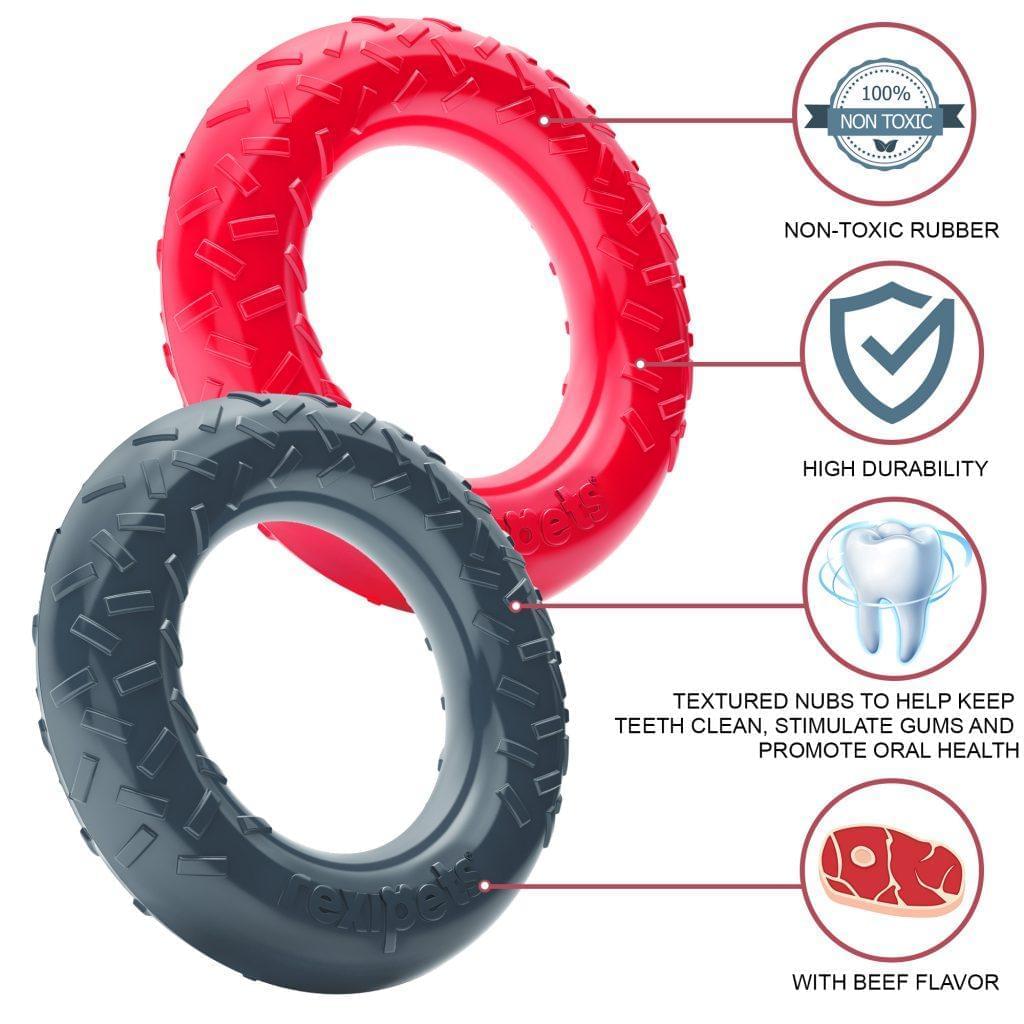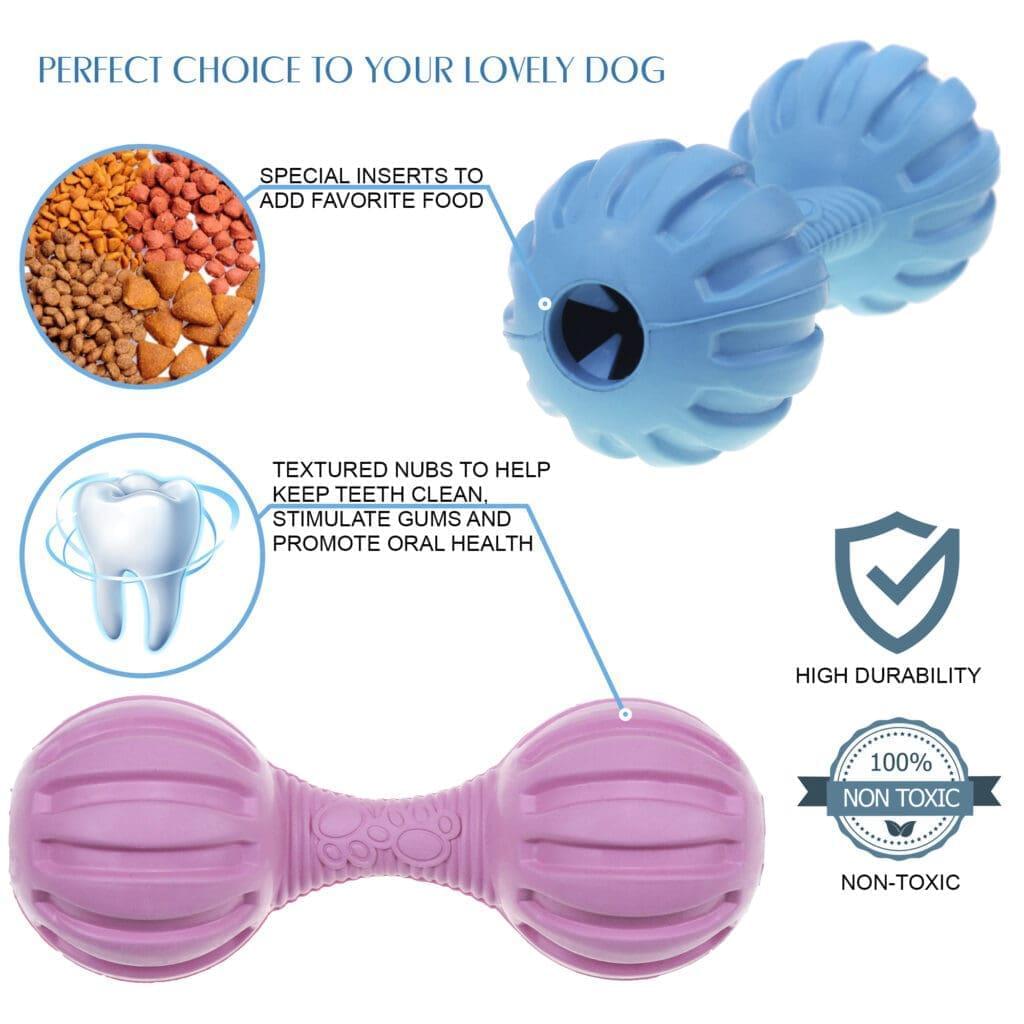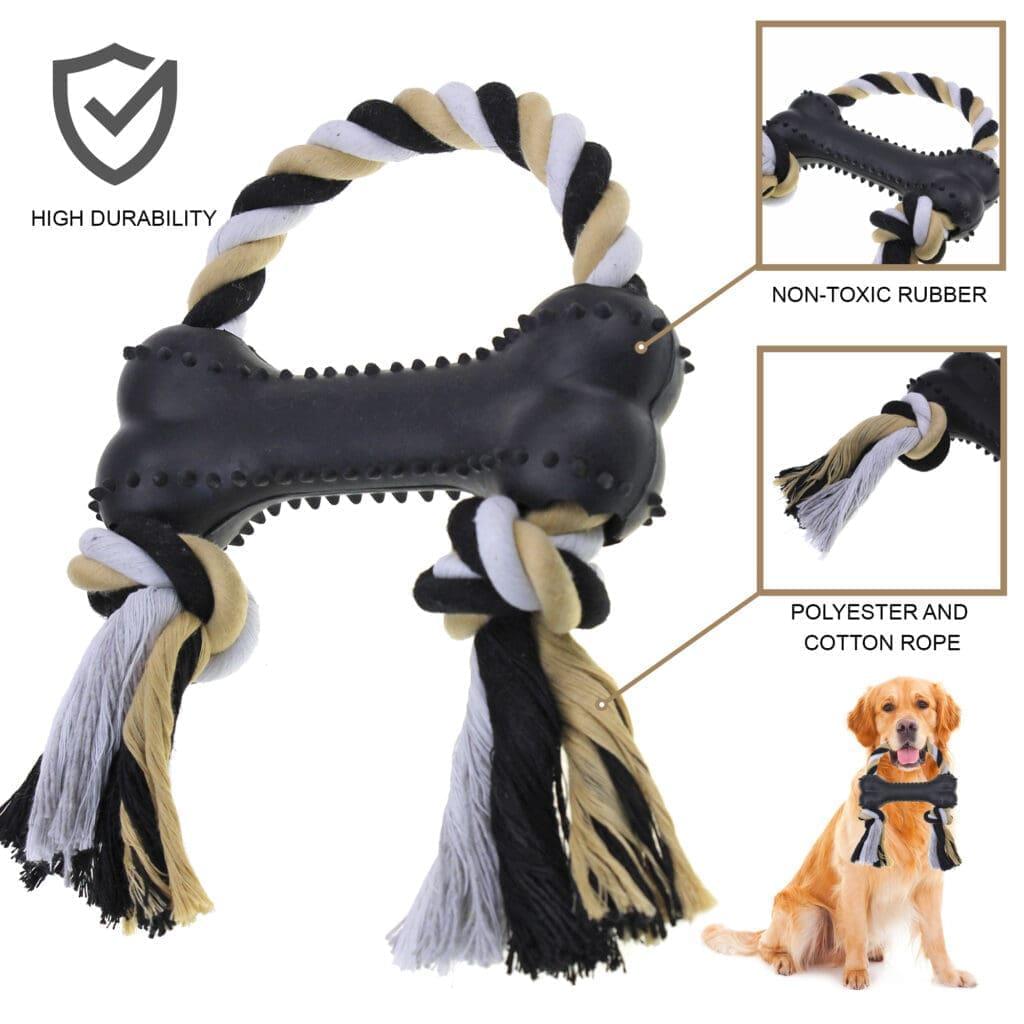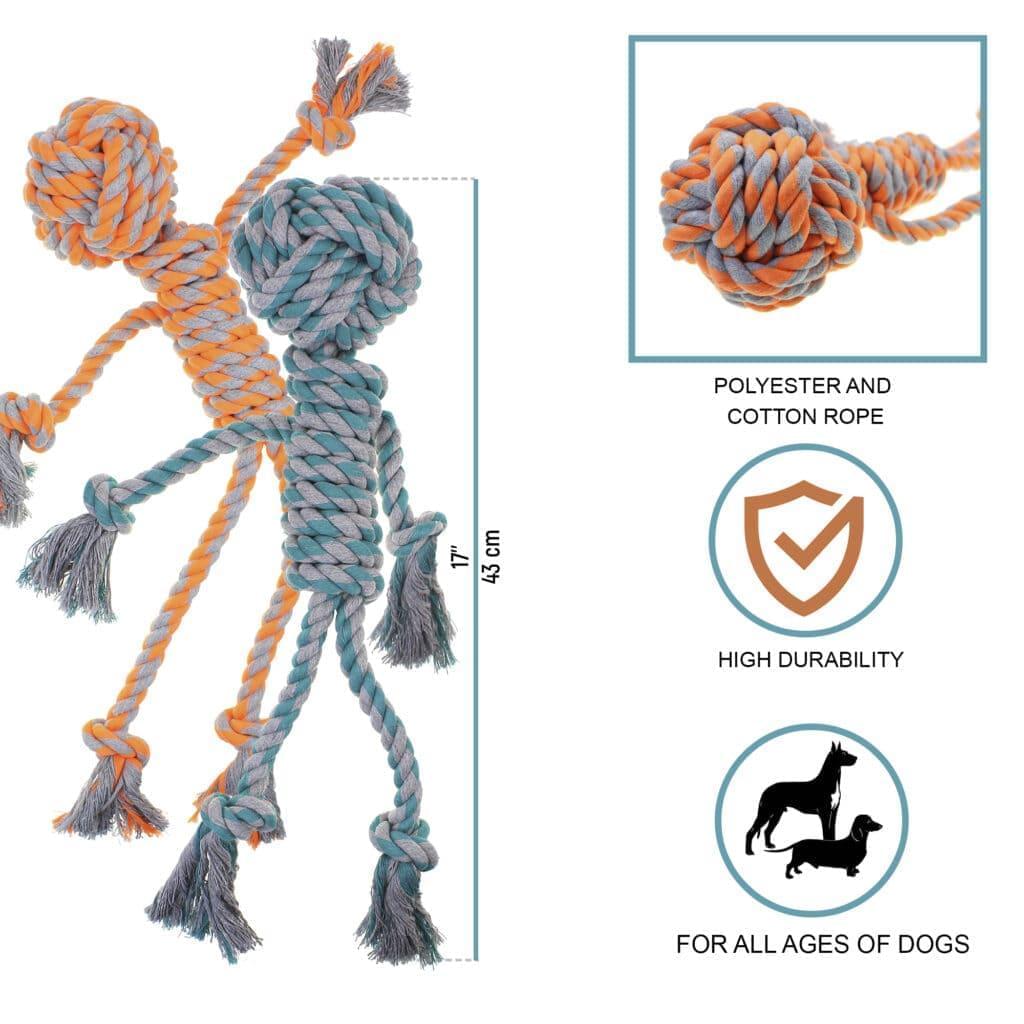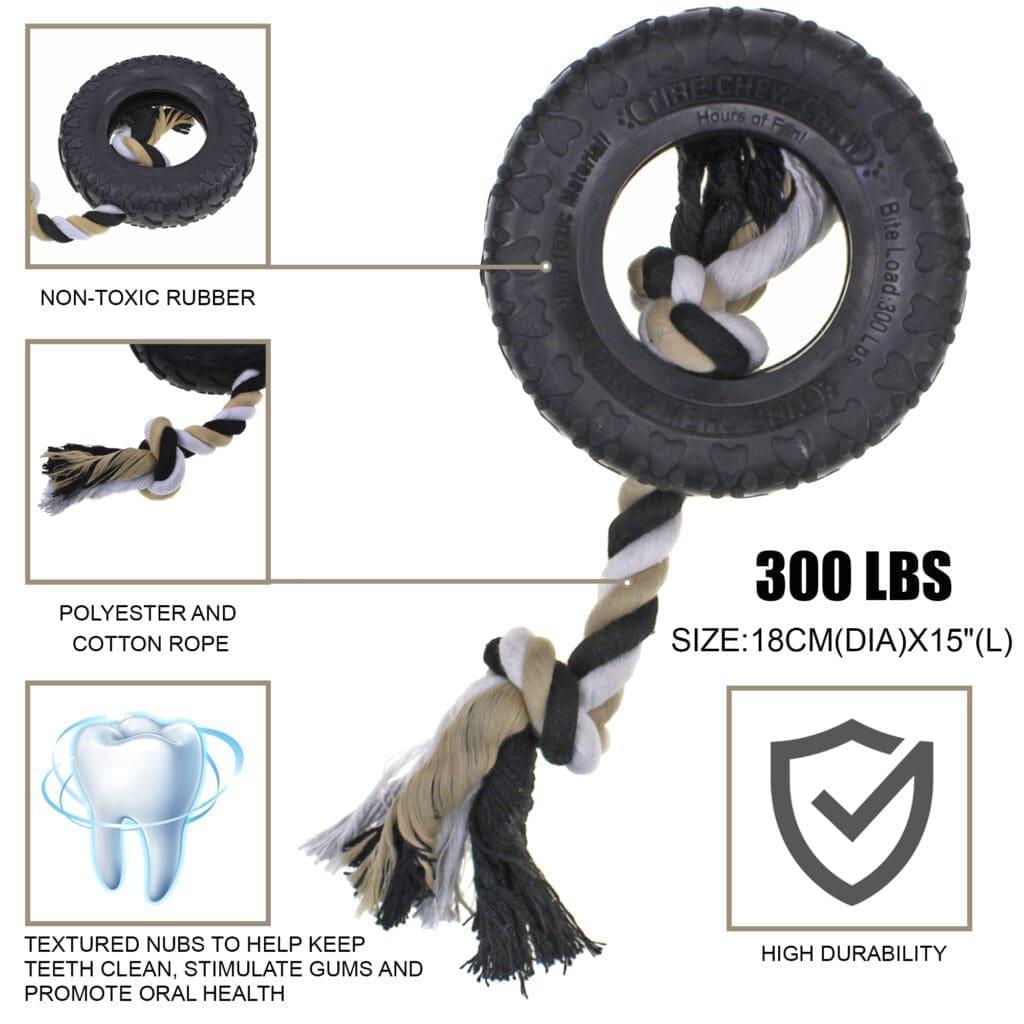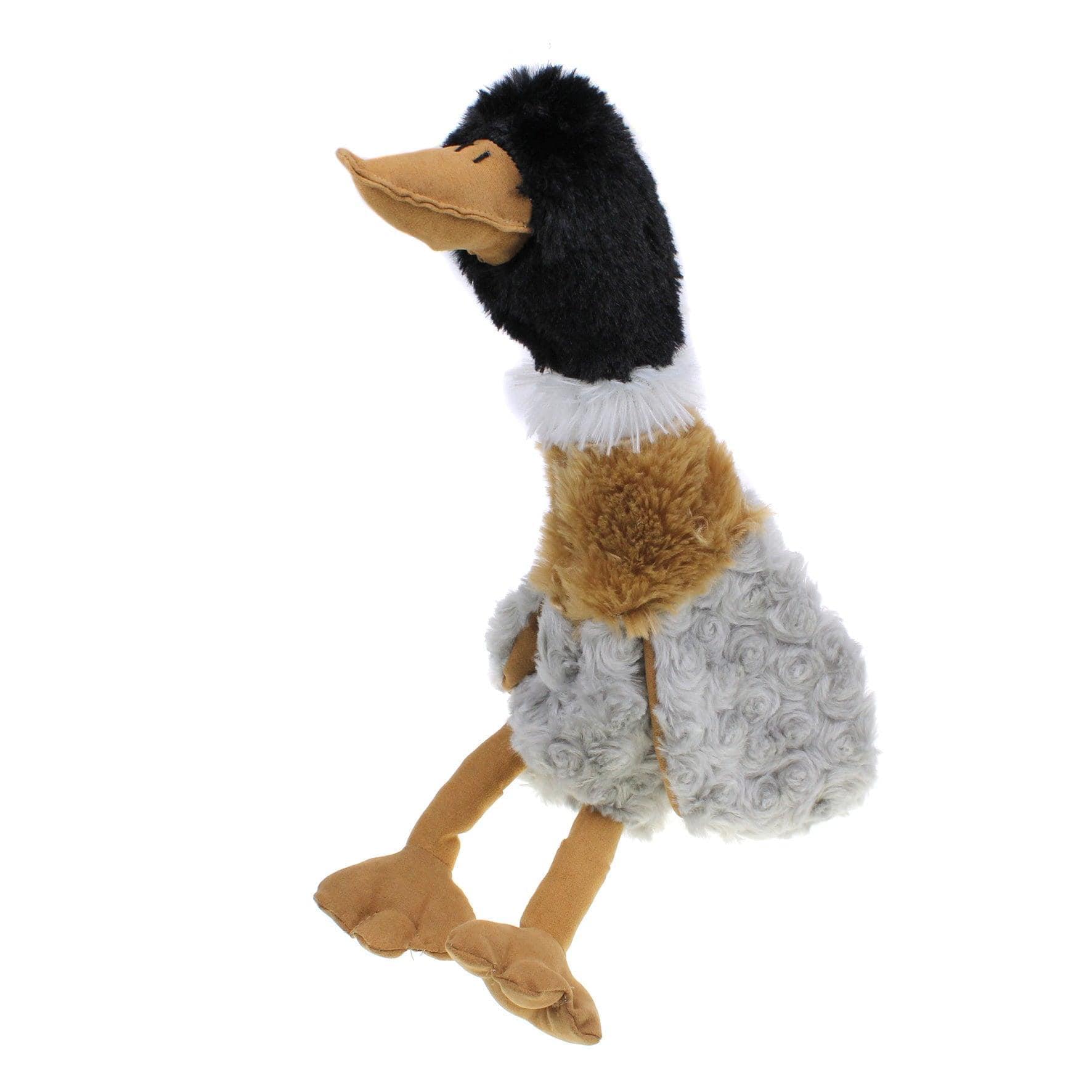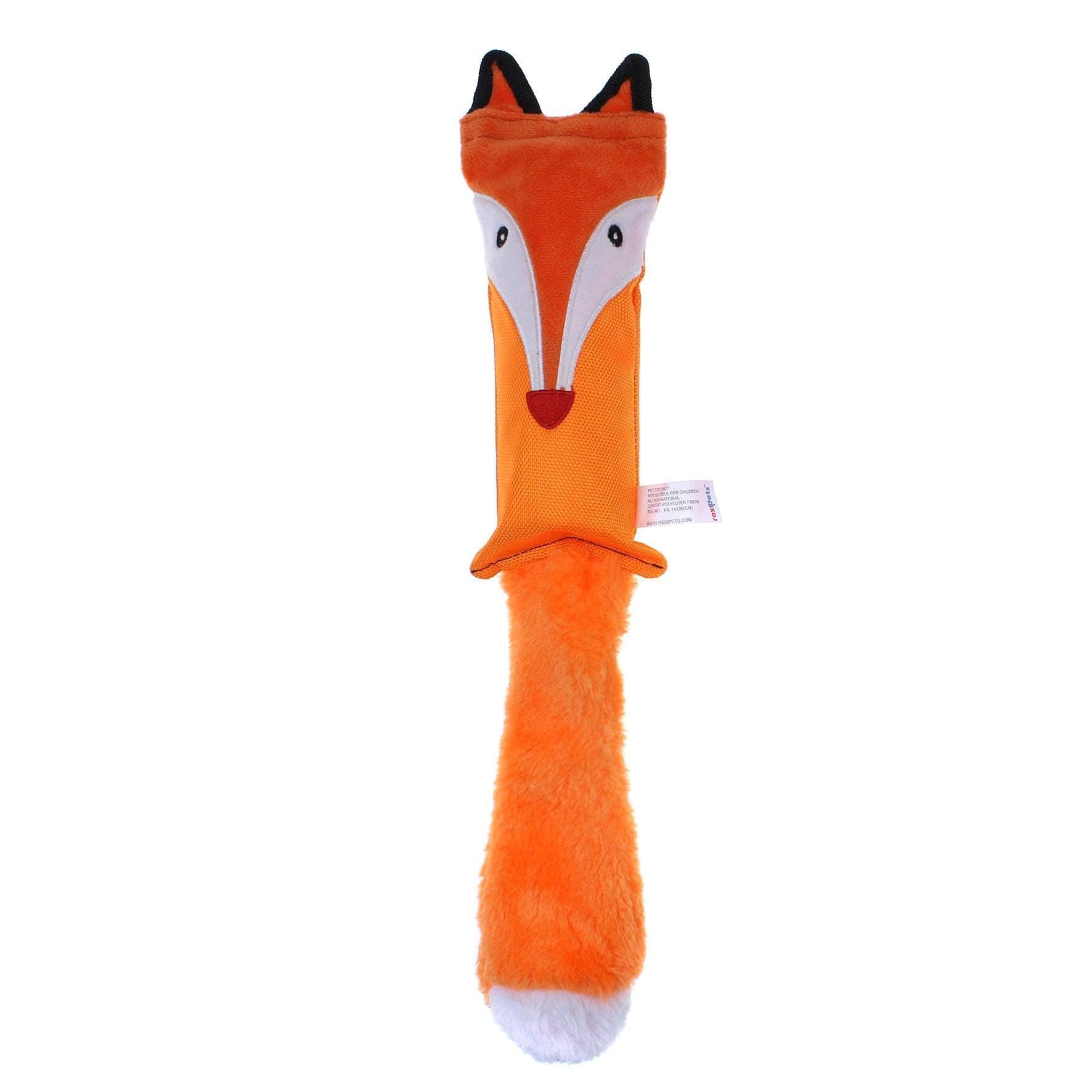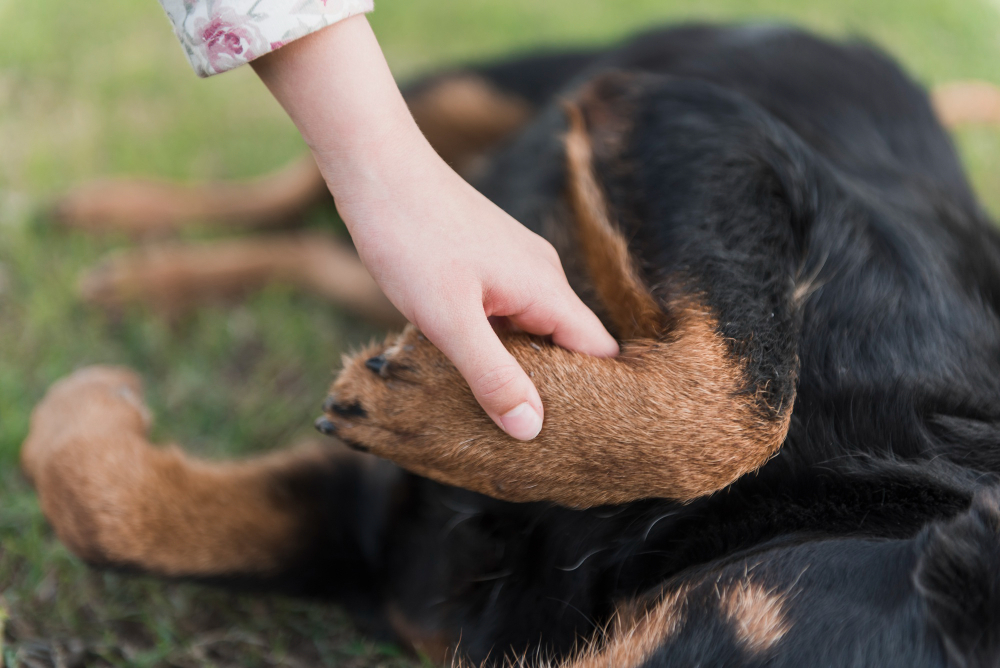
Are you wondering whether you can declaw your dog? The answer is yes, you can. But declawing should only be done for medical reasons, such as infections that are harming the paws or your dog.
Getting your dog declawed seems like a viable solution at times. But the reality is that declawing your pets, whether cats or dogs, has always been controversial among pet owners and animal welfare workers.
Today, we've decided to discuss the topic of declawing dogs legally, ethically, functionally, and medically. So, stay put while we walk you through the pros and cons of this practice. This will help you make a more informed decision about the well-being of your four-legged friends and their place in your homes and hearts.
Pros and Cons of Declawing a Dog

Let's break down the pros and cons of declawing dogs:
Pros of Declawing Dogs:
-
It prevents dogs from scratching furniture, floors, or people.
-
It could lower the chances of nail infections or injuries.
-
In rare medical cases where the nail or toe is severely damaged or diseased, it might be necessary.
Cons of Declawing Dogs:
-
It is extremely painful and traumatic for the animal.
-
It involves major surgery with risks of bleeding, infection, and complications.
-
It negatively impacts their balance and ability to move and hold objects.
-
It leads to long-term health problems like arthritis, joint issues, nerve damage, and behavioral problems.
-
It takes away dogs' natural instincts and behaviors.
-
It's considered unethical and inhumane.
Is Declawing Dogs Illegal?
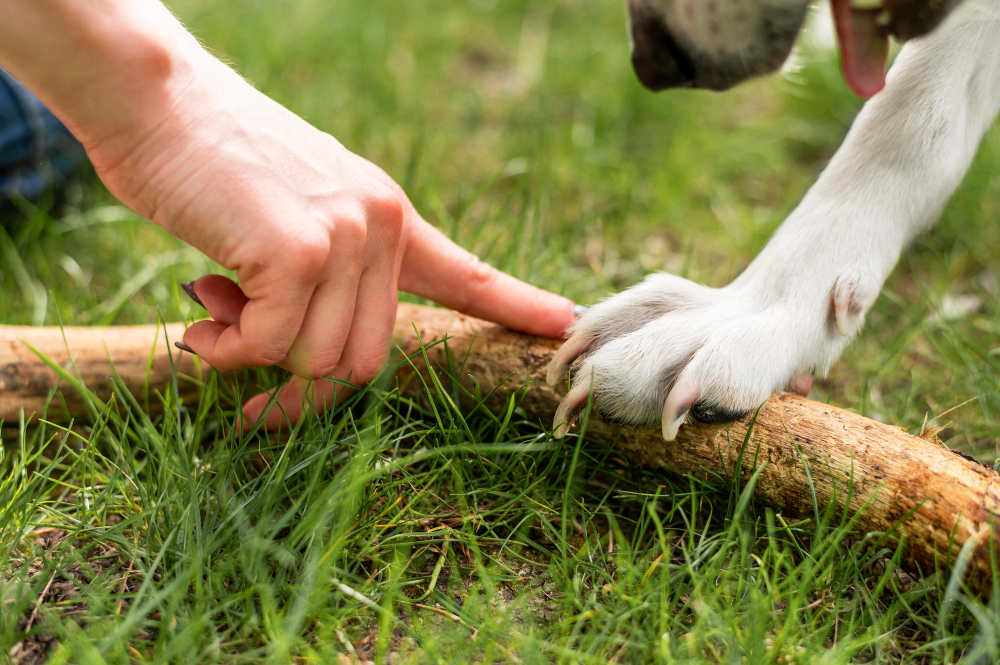
Declawing dogs isn't against the law in many countries, but veterinarians and animal welfare groups strongly condemn it.
In certain places like Germany and some European nations, it is actually rightfully considered animal cruelty and prohibited by law.
Canada is taking steps, too. In provinces like Alberta, they've banned declawing dogs and other unnecessary procedures.
In the United States, there's no nationwide law against it, but specific states or cities might have their own rules.
Why Declaw A Dog?
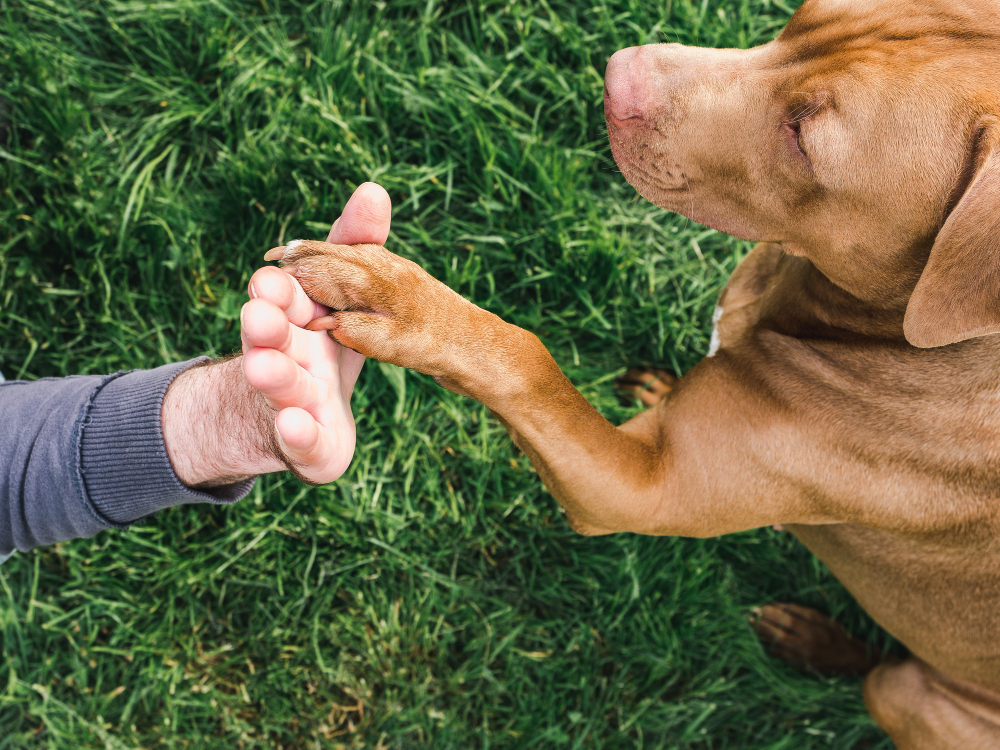
You technically can declaw a dog, but you should not even think about it.
Let's break it down: dogs and cats have claws that are not just for show but crucial for their balance and everyday movement.
Imagine if someone cut off a human thumb—it'd be incredibly painful, right? Well, declawing is essentially the same for our furry friends.
Declawing means removing the tip of their toes, which is extremely cruel and completely unnecessary. This also includes rear dewclaws removal or double dewclaws removal. It's not just morally wrong; it's absolutely inhumane. So, in simple terms, you and your dog are better off without it.
Kinder Alternatives To Declawing Dogs
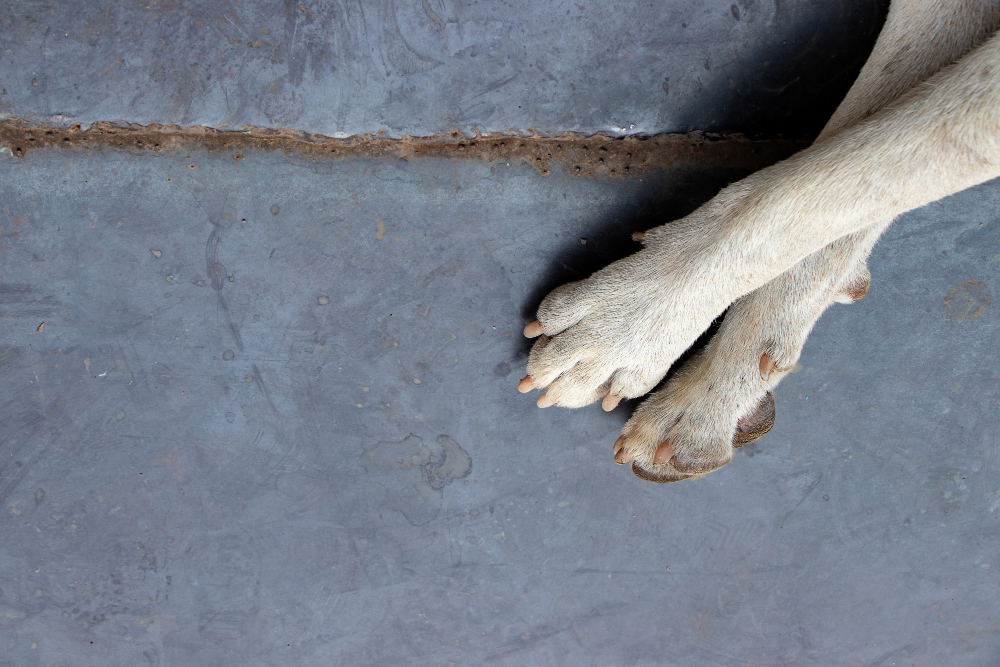
If you're looking for kinder alternatives to declawing your dog, we have just the right options. Declawing can be quite harsh, so let's explore some gentler options:
-
Nail trimming
Regular nail trimming is one of the most humane and effective alternatives to declawing your beloved dog. This simple practice safeguards your furniture from unwanted scratches and promotes overall foot health.
Additionally, it reduces the risk of painful nail breaks, ingrown nails, and any discomfort your dog might experience while moving around. So you need to invest in paw care for dogs.
So, how does one go about trimming your dog's nails properly? To begin with, invest in a good pair of nail clippers. Get nail clippers that are designed specifically for dogs, and make sure they're sharp to make the process smoother. You need to learn how to use nail clippers for dogs first.
When you're ready, hold your pup's paw gently yet firmly, and trim their nails at a 45-degree angle, making sure to snip really small bits at a time. In this process, be extra cautious not to cut into the quick--the pink part containing blood vessels and nerves to prevent pain or bleeding.
In the unfortunate case that you accidentally do cut the quick, have some styptic powder on hand to stop the bleeding. Remember to give your dog a treat so that you can turn the experience into a positive one.
-
Scratching post
Think about giving your furry friend some scratching alternatives to keep them happy and save your furniture from scratches. These designated spots let your dog channel their natural scratching urges without turning your couch into a shredded mess.
You can offer your dog various options for scratching posts and pads. For instance, you can choose sisal rope or carpet-covered posts or boards, which provide a satisfying texture for your dog to scratch.
Rubber or silicone mats and toys can also serve as effective scratching alternatives, especially for dogs who enjoy a combination of scratching and chewing.
When introducing these alternatives to your dog, it's essential to use durable materials to ensure they withstand your pet's scratching habits. Additionally, reinforce the behavior of using these alternatives by rewarding them with treats.
-
Environmental Modification
You can make simple adjustments to your home to protect your furniture from your dog's scratching habits. One approach is to use furniture covers or invest in materials that are more resistant to your dog's scratching.
Additionally, you can use deterrents like double-sided tape or aluminum foil on vulnerable surfaces to discourage your dog from scratching in those areas. These tactics discourage your dog from engaging in destructive scratching behavior.
To keep your dog engaged and entertained, get them a variety of toys, chews, and activities available. A mentally occupied dog is much less likely to turn to furniture for entertainment.
When it comes to the outdoors, consider trimming any overgrown bushes or plants that might tempt your dog to dig or scratch.
Lastly, it's also important to teach your dog commands like "leave it" or "off." These commands can be handy when your dog engages in destructive behaviors.
With regular training and positive reinforcement, your dog can learn to respond to these commands, protecting your furniture and making pet parenthood bliss for you and your dog.
-
Digging prevention
Most dog owners might consider declawing their dogs because of that pesky digging habit, especially regarding the yard or garden. However, it's essential to know that digging is just a natural thing for most dogs to do.
Declawing won't put a stop to it. Instead, it's better to figure out why they're digging and provide them with the right outlets for their energy and instincts.
Here are a few reasons why your dog might be digging and how you can handle it:
-
Boredom
Sometimes, dogs dig out of sheer boredom. So, the solution here is to keep them active and mentally engaged. Playtime, interactive dogs toys, and puzzles can be fantastic ways to entertain your pup.
-
Hunting
Dogs might dig when they're on the hunt for animals like rodents, insects, or worms. So, instead of declawing, try to deal with these pests humanely. You can also redirect your dog or cat's hunting instincts by playing games like fetch or tug-of-war.
-
Comfort
Sometimes, your dog might dig just to find a comfy and cozy spot to chill, especially in extreme weather. To stop this from happening, give them a cozy shelter, bed, or mat where they can relax.
Make sure they also have easy access to shade, water, and ventilation when they're outdoors. This way, they'll have no reason to dig for comfort.
-
-
Nail caps
Nail caps are little soft plastic covers for your dogs nails and can be a real game-changer. They're extremely easy to put on and keep those scratches in check for a few weeks.
But the thing is, not all dogs are huge fans of these caps. Some might even chew them off right away and might even try to swallow them.
So, what's important is to stay on top of things. Keep an eye on your dog's paws and ensure those caps are intact. If they need replacing, just swap them for newer ones and keep your dog's nails from causing any trouble.
-
Nail filing
When it comes to nail filing, you've got a few options here, like using a nail file, a grinder, or a sandpaper board to gently smooth out your dog's nails.
But not all dogs are too excited about these tools. Some might get a little spooked by the noise or vibrations. So, be patient and take it slow and steady to make it a positive experience.
-
Soft paws
Soft paws are like little rubber tips that you can simply slip onto your dog's claws. They are like shock absorbers for your pup's paws and bones. The best thing about these soft paws is that they save your hardwood floors from those scratches and even minimize the annoying noise when your dog moves around the house.
Final Words!
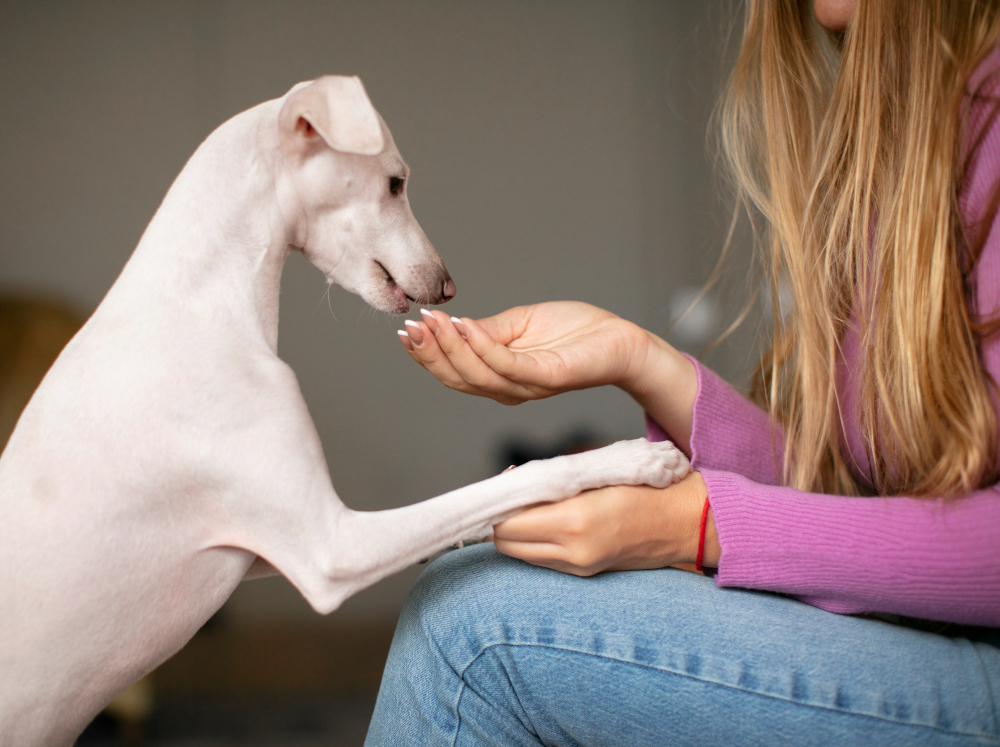
To sum up, the answer to the question "Can you declaw a dog?" is, technically, yes. Still, it is frowned upon for medical reasons and is cruel.
In this post, we've explored why this procedure is a bad idea because it involves the vet cutting off a part of their paw, which is also painful and harmful. It also disrupts their natural behaviors.
Instead of going down this path, we've talked about kinder options to keep your dog from scratching your stuff: trimming their nails, using nail caps, training, and giving them the right stuff to scratch on. These methods are much better for your furry buddy and your furniture.
Our dogs may just be a part of our lives, but we are their whole world, and it's our job to make sure they're happy and comfortable.
FAQs
Is it possible to declaw a dog to make it stop digging?
Reputable veterinarians won't declaw dogs just because they dig, no matter if it's admissible by law or not. Instead, more humane and effective ways to deal with your dog digging exist. So you don't necessarily have to opt for dog declawing or dewclaw removal.
Positive reinforcement, like training and making behavior changes, can help reduce digging without causing any harm to our furry friends.
Are there any alternatives to declawing dogs?
There are humane alternatives to declawing dogs, which is considered inhumane. These include regular nail care, nail caps, positive reinforcement training to guide appropriate behavior, providing scratching posts, and keeping dogs mentally stimulated with toys and games.
Seeking advice from professionals is also an option for the constant scratching issue. These methods effectively address the problem without causing harm to dogs.










